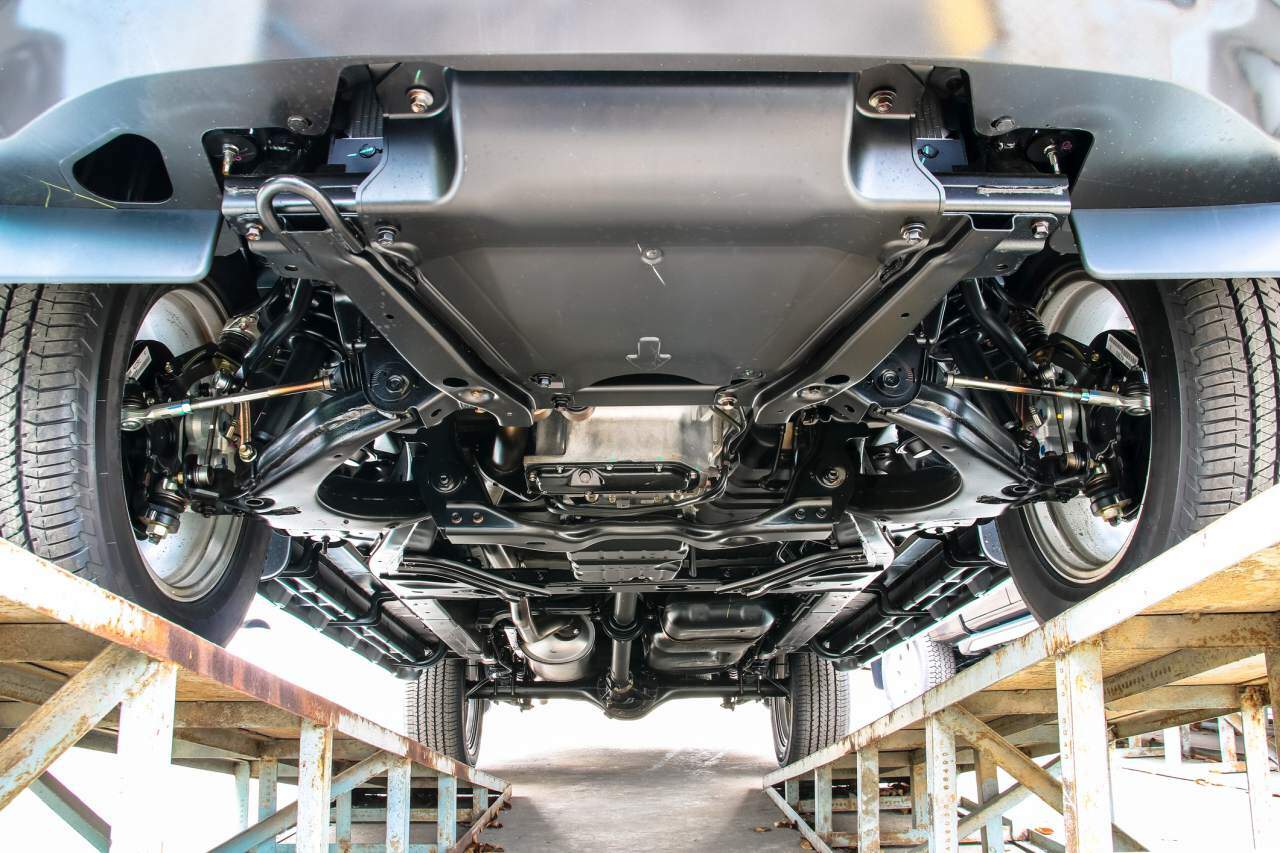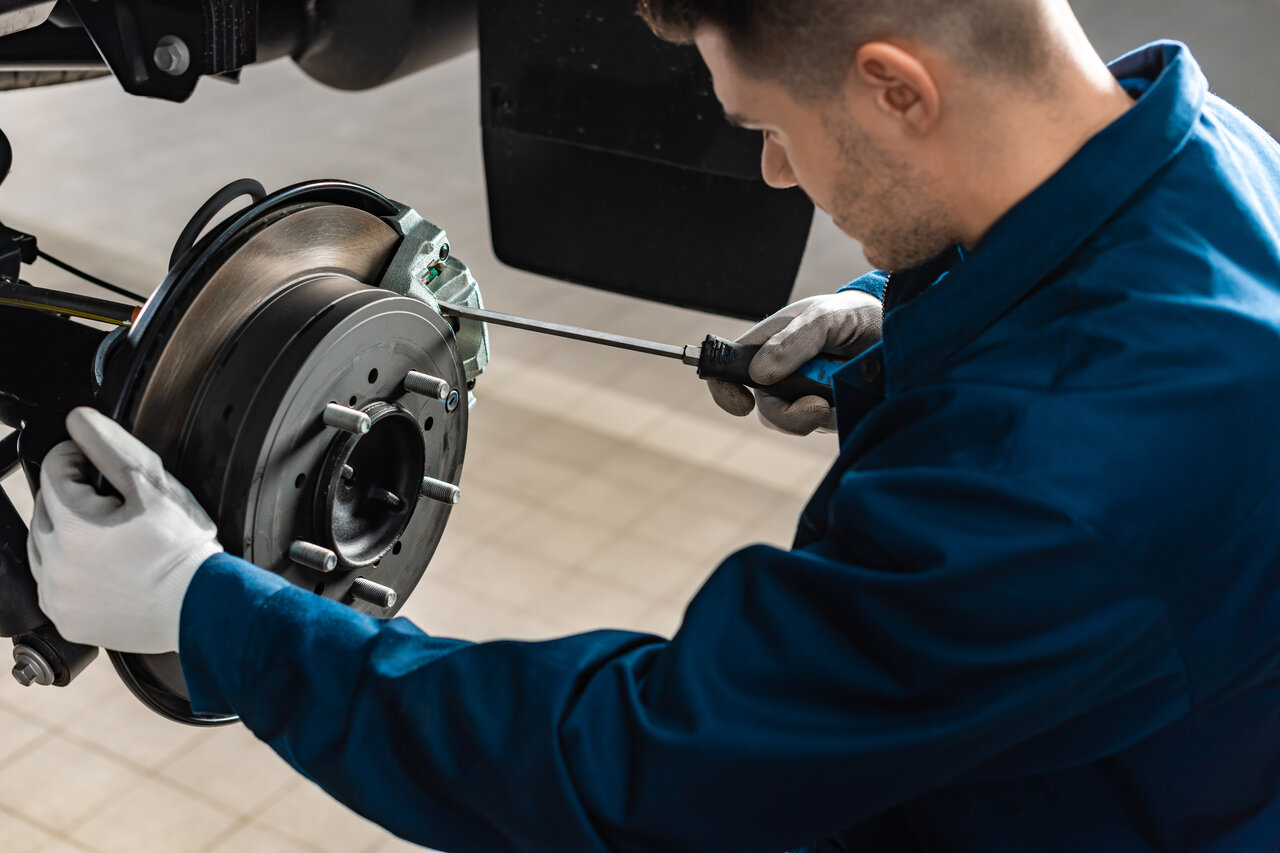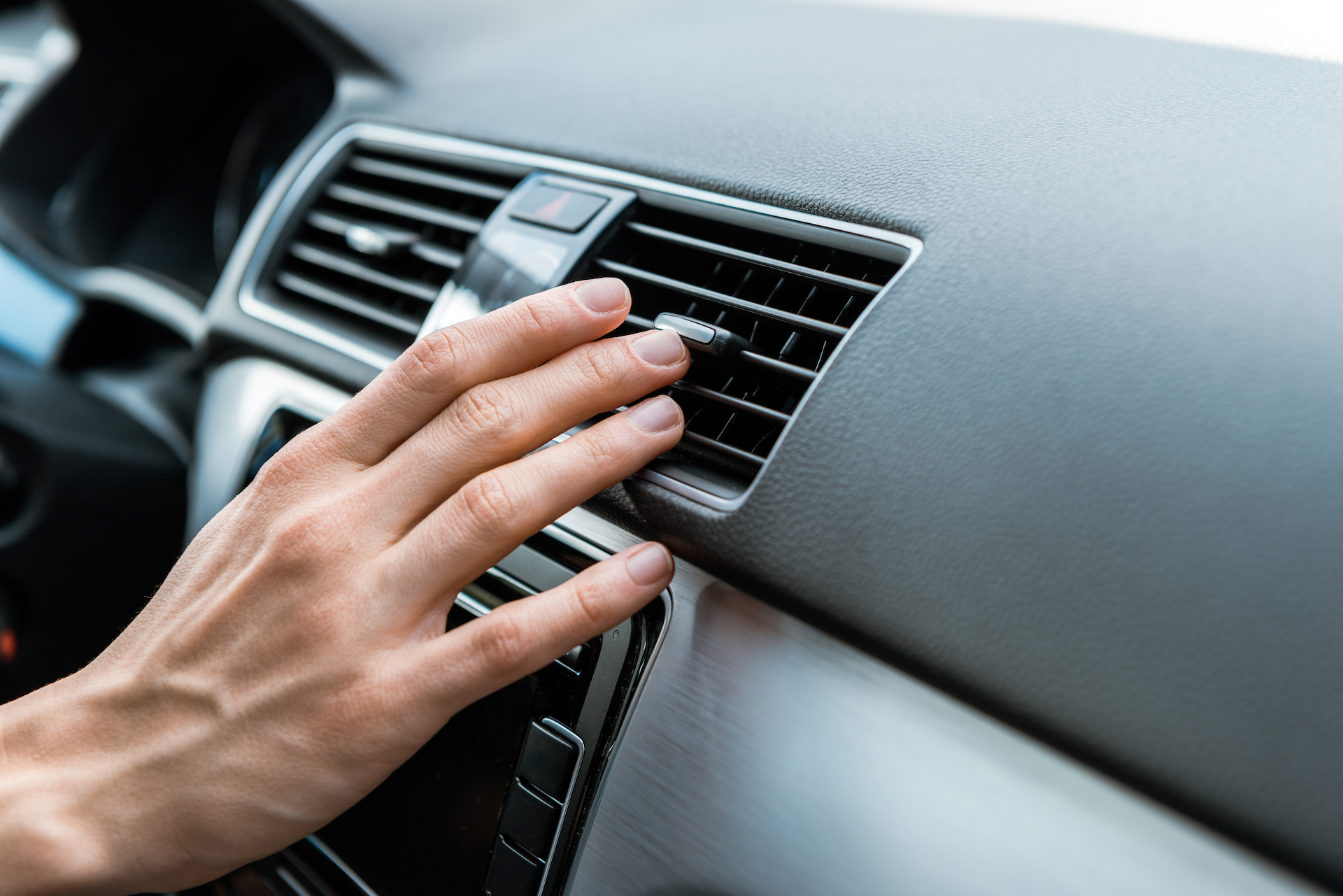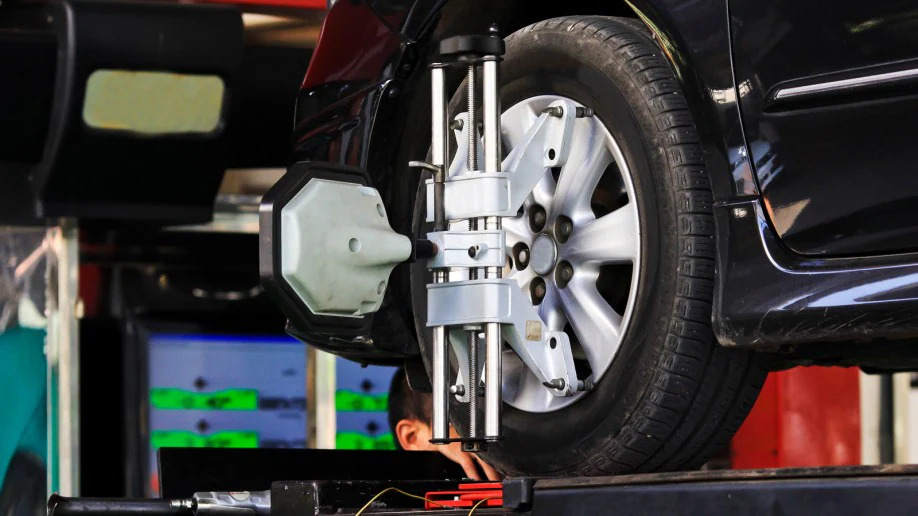
Understanding Your Car's Suspension System
Your car's suspension is a sophisticated system made up of several components such as tires, springs, shock absorbers, and linkages. These components connect the vehicle to its wheels, allowing for relative motion. Your car's suspension assists to create a stable and smooth ride by absorbing road vibrations and bumps while remaining in contact with the road surface. Issues with the suspension system may emerge over time as a result of ordinary wear and tear, minor impacts with road debris, and other causes. Being aware of the indicators of suspension troubles is critical for identifying potential issues before they progress.
How does a car's suspension work?
A automobile suspension system is designed to offer passengers with a smooth and comfortable ride while simultaneously retaining the vehicle's handling and control. The suspension system absorbs and reduces the effect of bumps, potholes, and other road abnormalities that might produce a rough ride. It also helps to keep the tyres in contact with the road surface, ensuring optimal traction and stability. Springs, shock absorbers or struts, control arms, and a variety of linkage and mounting points are common components of a suspension system. When a car strikes a bump or a pothole, its springs compress and absorb the impact. The control arms and links aid to keep the wheels in appropriate alignment while also allowing for mobility and flexibility of the suspension components.
Suspension parts
Your vehicle's suspension is made up of several components that work together to execute their job. Springs and shock absorbers are the essential components, but there are other items that play an important role in your car's suspension. This includes ball joints, tie rod ends, and suspension bushings.
Shock absorbers or dampeners
The spring's movement is controlled by shock absorbers or dampers. They help to control the suspension so that it is not bouncy. Shock absorbers assist tyres in maintaining touch with the road by controlling the suspension and springs.
Springs
Leaf springs and coil springs are the most prevalent suspension components found in vehicles. Coil springs are most typically used in modern cars, whereas leaf springs are used in 4x4s, trucks, and older vehicles. Struts help sustain your car's suspension. It supports the spring and keeps your tyres in the proper place.
When should your car's suspension be checked?
Car suspension problems arise over time owing to a variety of factors, including wear & tear, corrosion, and normal use. There are several warning indicators of suspension troubles that will alert you to a potential problem that needs to be addressed before it worsens.
Difficulty steering and pushing to one side are usual warning signs.Difficulty driving and pushing to one side are common warning indicators, as is a bouncy or unstable ride. Furthermore, if your car looks to be sagging or leaning, with significant body roll, this could suggest a suspension problem. Unusual noises like creaks, clunks, or rattles could indicate that something is amiss with your suspension system.
Why is a suspension service necessary?
Any car's suspension system is critical to assuring passengers' safety and comfort. It absorbs shocks and vibrations caused by uneven road surfaces, thereby reducing driver fatigue and providing a smoother ride.
Furthermore, a well-maintained suspension system can improve the vehicle's handling and stability, especially when taking turns. Especially when turning turns or driving at highway speeds. Neglecting suspension maintenance, on the other hand, might result in more serious and costly issues in the future. For example, deteriorated suspension components might cause uneven tyre wear and misalignment, requiring extra repairs and replacements. Regular suspension service and maintenance will assist assure your vehicle's safety, comfort, and performance while avoiding costly future repairs and replacements.





comments 0